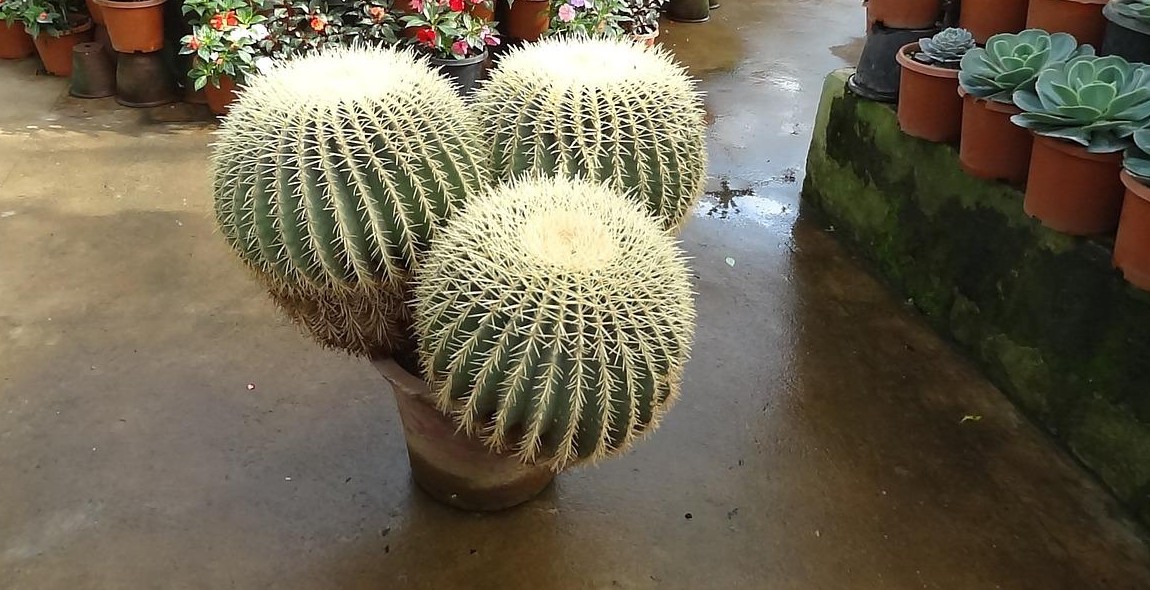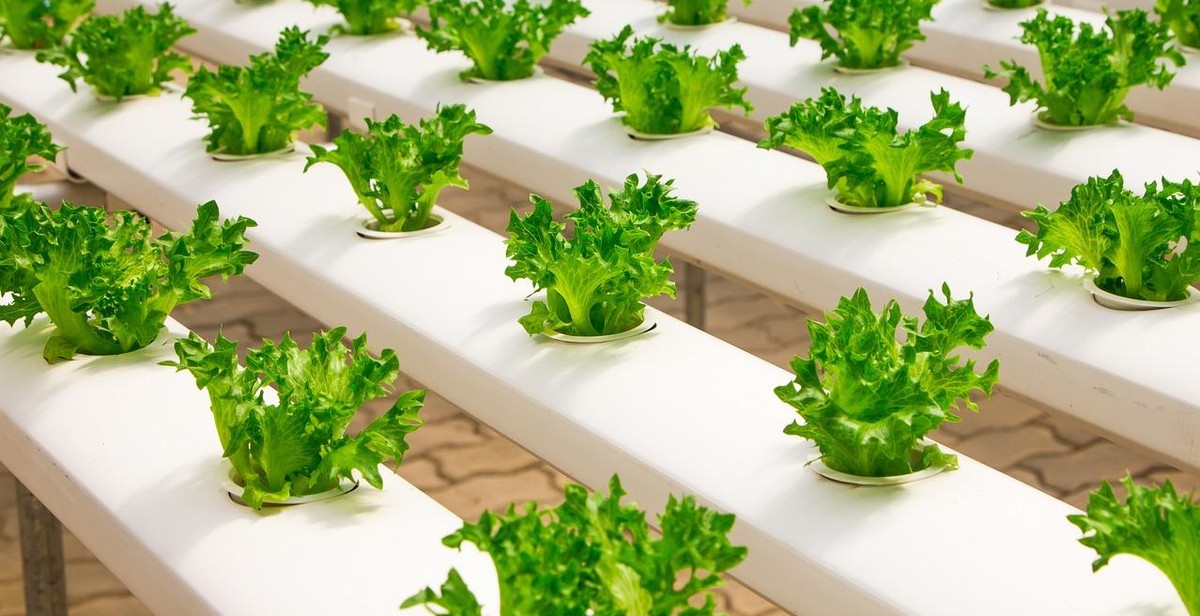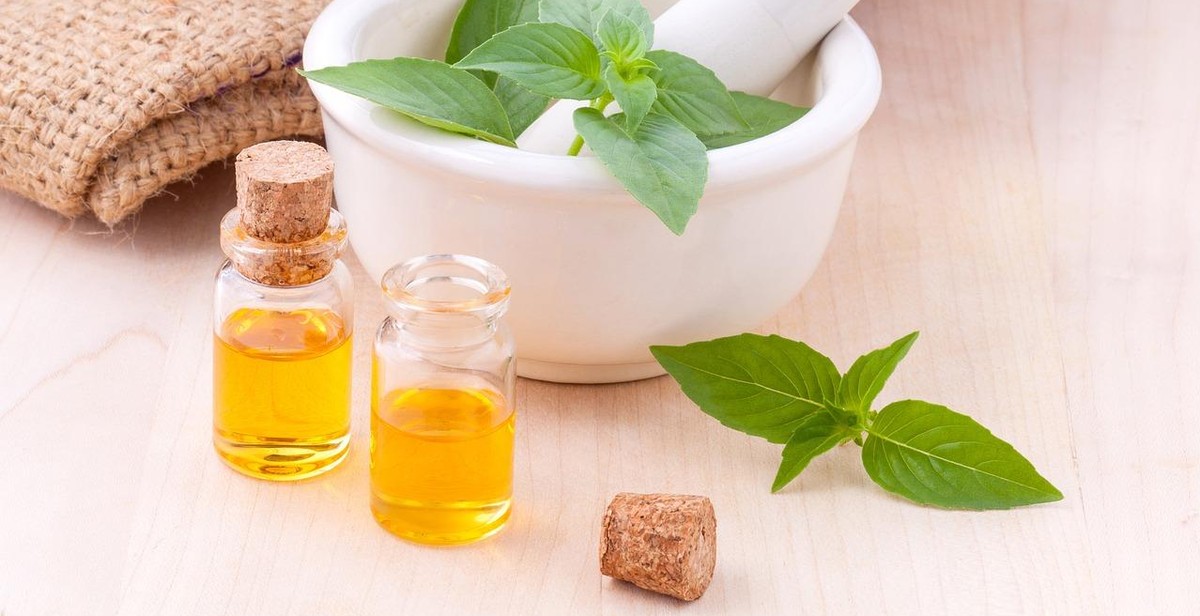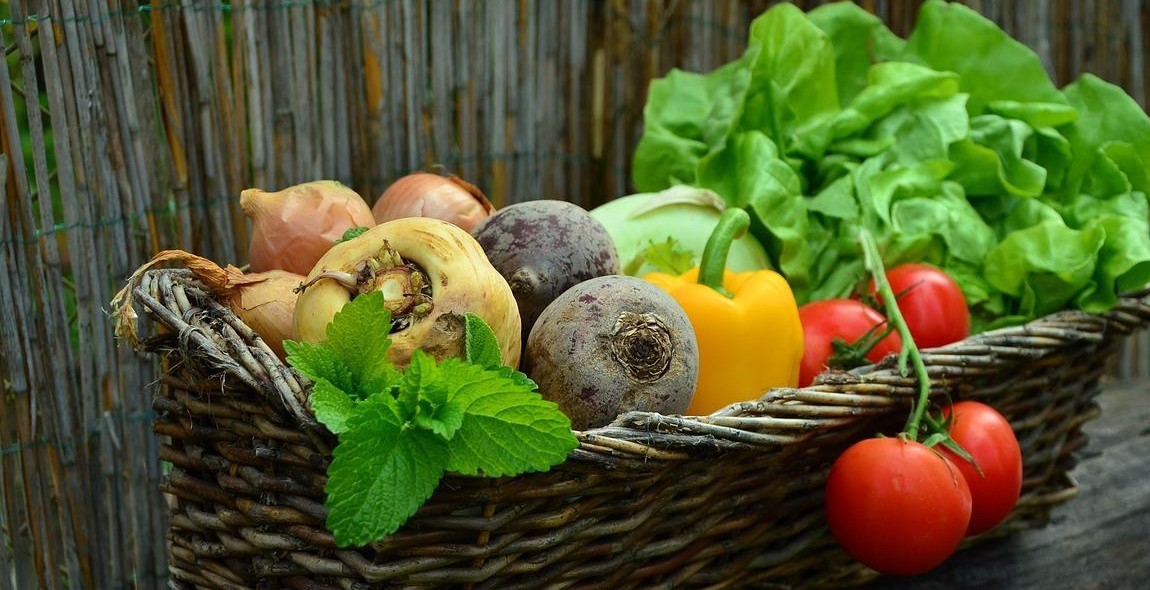Introduction: How to Grow Your Own Organic Vegetables
Growing your own organic vegetables is becoming more and more popular these days. Not only does it provide a sense of satisfaction and accomplishment, but it also ensures that you are eating healthy, fresh produce that is free from harmful chemicals and pesticides. In this article, we will discuss the benefits of growing your own organic vegetables and provide some tips on how to get started.
Why grow your own organic vegetables?
There are many reasons why you should consider growing your own organic vegetables:
- Health Benefits: Organic vegetables are free from harmful chemicals and pesticides that can cause health problems. By growing your own vegetables, you can ensure that you are eating fresh, healthy produce that is full of nutrients.
- Cost Savings: Growing your own vegetables can save you a lot of money in the long run. Once you have set up your garden, you can produce a lot of vegetables for a fraction of the cost of buying them from the store.
- Taste: Freshly picked vegetables taste much better than store-bought ones. By growing your own, you can enjoy the full flavor of your vegetables.
- Sustainability: Growing your own vegetables is a sustainable practice that reduces your carbon footprint and helps the environment.
Now that you know why it’s important to grow your own organic vegetables, let’s move on to the next section and learn how to get started.

Planning Your Garden
Growing your own organic vegetables is a rewarding experience that requires careful planning and preparation. Here are some tips to help you plan your garden:
Choosing the Right Location
When choosing a location for your garden, it’s important to consider factors such as sunlight, water, and soil quality. Vegetables require at least six hours of direct sunlight a day, so choose a spot that gets plenty of sun. You’ll also want to ensure that the soil is well-draining and rich in nutrients. If your soil is poor, consider building raised beds or using containers filled with high-quality soil.
Deciding What to Grow
When deciding what to grow in your garden, consider your climate, the amount of space you have, and your personal preferences. Some vegetables, such as tomatoes and peppers, require a long growing season and may not be suitable for cooler climates. Others, such as leafy greens and root vegetables, can be grown in smaller spaces and have shorter growing seasons. Choose vegetables that you and your family enjoy eating, and consider growing a variety of crops to ensure a diverse and balanced harvest.
Preparing the Soil
Preparing your soil is essential to the success of your garden. Start by removing any weeds or debris from the area where you plan to plant. Test your soil to determine its pH level and nutrient content, and amend it as necessary with compost, manure, or other organic matter. This will help to improve soil structure and fertility, and provide a healthy environment for your plants to grow.
By taking the time to plan and prepare your garden, you can ensure a bountiful harvest of delicious, healthy organic vegetables.

Starting Your Seeds
Starting your own vegetable seeds is a great way to ensure that you have healthy, organic produce for your family. Here are some tips to get started:
Choosing the Right Seeds
When choosing seeds, it’s important to look for varieties that are well-suited to your climate and growing conditions. You can find a wide variety of organic seeds online or at your local garden center. Look for seeds that are labeled “organic” or “heirloom,” as these are often the best choices for growing healthy, flavorful vegetables.
Preparing Seed Trays
Before planting your seeds, you’ll need to prepare your seed trays. Choose trays that are at least 2 inches deep and have drainage holes in the bottom. Fill the trays with a good quality seed starting mix, which is a blend of peat moss, vermiculite, and perlite. Moisten the mix before planting your seeds.
Pro tip:
Label your trays with the type of seed and the date planted to keep track of your progress.
Caring for Seedlings
Once your seeds are planted, they’ll need proper care to grow into healthy seedlings. Keep the trays in a warm, well-lit area, such as a sunny windowsill or under grow lights. Water the trays regularly, being careful not to overwater, which can cause the seeds to rot. When the seedlings have grown to a few inches tall, they can be transplanted into larger containers or directly into the garden.
Pro tip:
Use a spray bottle to water your seedlings, which will help prevent disturbing the delicate roots.
By following these tips, you’ll be well on your way to growing your own healthy, organic vegetables!
Transplanting Seedlings
Transplanting seedlings is a crucial step in growing your own organic vegetables. It involves moving young plants from their original containers or seedbeds to their permanent location in the garden. Here are some tips to help you successfully transplant your seedlings:
Preparing Planting Holes
Before transplanting, it is important to prepare the planting holes. Dig holes that are slightly larger than the root balls of your seedlings. The depth of the hole should be equal to the length of the roots, and the width should be about twice the diameter of the root ball.
You can also add compost or well-rotted manure to the bottom of the hole to provide extra nutrients for your plants.
Transplanting Seedlings
When transplanting, gently remove the seedling from its container or seedbed, being careful not to damage the roots. Place the seedling in the planting hole and backfill with soil, making sure to firm the soil around the roots.
Water the transplants immediately after planting to help them settle into their new environment. It is also important to water them regularly in the following weeks to ensure they establish well.
Caring for Transplants
After transplanting, it is important to provide proper care for your seedlings. Keep the soil moist but not waterlogged, and provide adequate sunlight and nutrients.
Protect your transplants from pests and harsh weather conditions by covering them with row covers or using organic pest control methods.
Regularly monitor your transplants for any signs of stress or disease, and take action promptly to prevent any further damage.
Following these tips will help ensure that your transplants grow into healthy, productive plants that will provide you with a bountiful harvest of organic vegetables.

Caring for your Garden
Watering
Watering is essential for the growth of your organic vegetables. It is important to ensure that your plants receive adequate water, especially during the hot summer months. A good rule of thumb is to water deeply once a week, rather than shallowly every day. This will encourage the roots to grow deeper and make the plants more resilient to drought.
Fertilizing
Organic fertilizers are a great way to keep your plants healthy and vibrant. Compost, manure, and bone meal are all excellent sources of organic nutrients. You can also use a liquid organic fertilizer, such as fish emulsion or seaweed extract, to give your plants a quick boost. It is important to follow the instructions carefully and not to over-fertilize, as this can lead to nutrient burn and damage to your plants.
Weeding
Weeding is an important part of maintaining a healthy garden. Weeds compete with your plants for nutrients and water, and can quickly take over if left unchecked. It is important to remove weeds as soon as you see them, before they have a chance to go to seed and spread. You can use a hoe, hand weeder, or simply pull them out by hand.
Pest control
Pests can be a major problem in any garden. Organic pest control methods include using companion planting, such as planting marigolds to deter aphids, or using natural predators, such as ladybugs, to eat pests like aphids and mites. You can also make your own organic pest spray using ingredients like garlic, hot peppers, and soap. It is important to monitor your plants regularly for signs of pests and to take action as soon as you notice a problem.
| Tip: | Rotate your crops each year to help prevent the buildup of pests and diseases in the soil. |
|---|

Harvesting your vegetables
Knowing when to harvest your vegetables is crucial to ensure that they are at their peak flavor and nutritional value. Here are some tips on how to properly harvest your organic vegetables:
Knowing when to harvest
- Check the seed packet or plant label for the estimated time to maturity.
- Observe the color and size of the vegetables. They should be fully matured and have reached their optimal size and color.
- Test the firmness of the vegetables. They should be firm to the touch but not too hard or too soft.
- Harvest leafy vegetables such as lettuce and spinach when they are young and tender.
- Harvest root vegetables such as carrots and beets when they have reached their full size.
Harvesting techniques
- Use a sharp knife or scissors to cut the vegetables from the stem or vine. Avoid pulling or twisting them off as this can damage the plant.
- Harvest in the early morning or late afternoon when the temperatures are cooler. This will help to prevent wilting.
- Handle the vegetables carefully to avoid bruising or damaging them.
- Wash the vegetables thoroughly after harvesting to remove any dirt or debris.
Storing your vegetables
Proper storage is important to keep your vegetables fresh and flavorful for longer. Here are some tips on how to store your organic vegetables:
| Vegetable | Storage Method |
|---|---|
| Leafy Greens | Wrap in damp paper towels or store in a plastic bag in the refrigerator |
| Root Vegetables | Remove the tops and store in a cool, dark place such as a root cellar or refrigerator |
| Tomatoes | Store at room temperature away from direct sunlight until ripe, then refrigerate to prolong shelf life |
| Cucumbers | Store in the refrigerator in a plastic bag or container |
By following these tips, you can ensure that your organic vegetables are harvested at their peak and stored properly for maximum freshness and flavor.

Conclusion
Growing your own organic vegetables is a rewarding experience that allows you to enjoy fresh and healthy produce while also reducing your environmental impact. By following the tips and techniques outlined in this article, you can create a thriving vegetable garden that will provide you with an abundance of nutritious and delicious vegetables.
Key Takeaways
- Start by choosing the right location for your garden, with plenty of sunlight and good drainage.
- Prepare your soil by adding organic matter and testing its pH levels.
- Select the right vegetables for your climate and soil type, and plant them at the right time of year.
- Water your vegetables regularly, and use organic fertilizers and pest control methods to keep your plants healthy.
- Harvest your vegetables at the right time, and store them properly to maximize their freshness and flavor.
Benefits of Growing Your Own Organic Vegetables
There are many benefits to growing your own organic vegetables. Not only do you get to enjoy fresh and healthy produce, but you also:
- Reduce your carbon footprint by avoiding the transportation and packaging of store-bought produce.
- Save money on groceries by growing your own vegetables instead of buying them.
- Connect with nature and enjoy the therapeutic benefits of gardening.
- Teach your children about where their food comes from and the importance of sustainable living.
Final Thoughts
With a little bit of planning and effort, anyone can grow their own organic vegetables. Whether you have a large backyard or just a small balcony, there are many creative ways to create a vegetable garden that will provide you with fresh and healthy produce all year round. So, why not give it a try and see the many benefits for yourself?
